The Sequencing Batch Reactor (SBR) technology is an advanced methodology for wastewater treatment that utilizes a single tank to perform all stages of the biological purification process. Below are its characteristics, operation, advantages, and disadvantages:
Characteristics of SBR
-
Batch Operation: SBR treats wastewater in cycles, allowing great flexibility in controlling process conditions.
-
Sequential: Different treatment phases occur in the same reactor, but sequentially.
-
Versatility: Can adapt to different types of wastewater and contaminant loads.
Operation of SBR
The SBR process consists of five main phases:
-
Fill: The tank is filled with wastewater. Mixing and aeration may occur during this phase, depending on process needs.
-
React: Biodegradation of contaminants takes place. Microorganisms decompose organic matter under controlled aeration conditions.
-
Settle: Aeration and mixing stop, allowing biological solids to settle and separate from treated water.
-
Decant: Clarified water is drawn from the top of the reactor, leaving sludge at the bottom.
-
Idle: Waiting time between cycles, during which the reactor may be inactive or prepared for the next cycle.
Advantages of SBR
-
Operational Flexibility: Cycles can be easily adjusted to handle variations in wastewater volume and composition.
-
Process Integration: Combines all biological treatment stages in a single tank, simplifying design and reducing space requirements.
-
Enhanced Process Control: Allows precise control of aeration, settling, and decanting times, optimizing treatment performance.
-
Cost Reduction: Less need for additional infrastructure and equipment, potentially reducing capital and operating costs.
Disadvantages of SBR
-
Complex Management: Requires careful and sophisticated control to handle cycles and variations in wastewater load.
-
Limited Capacity: May be less efficient for large-capacity plants compared to continuous systems.
-
Cycle Time: Sequential cycles may limit the amount of water treated within a given time period.
Applications of SBR
-
Municipal Wastewater Treatment Plants: Especially in small to medium communities.
-
Industrial Wastewater Treatment: For industries with variable discharges and specific contaminant compositions.
-
Temporary or Mobile Installations: Due to its compact and modular design.
Conclusion
SBR technology is an effective and flexible option for wastewater treatment, particularly suitable where high process control and adaptability to varying contaminant loads are required. Its compact design and integration of all treatment stages in a single reactor make it an attractive solution for a wide range of applications.
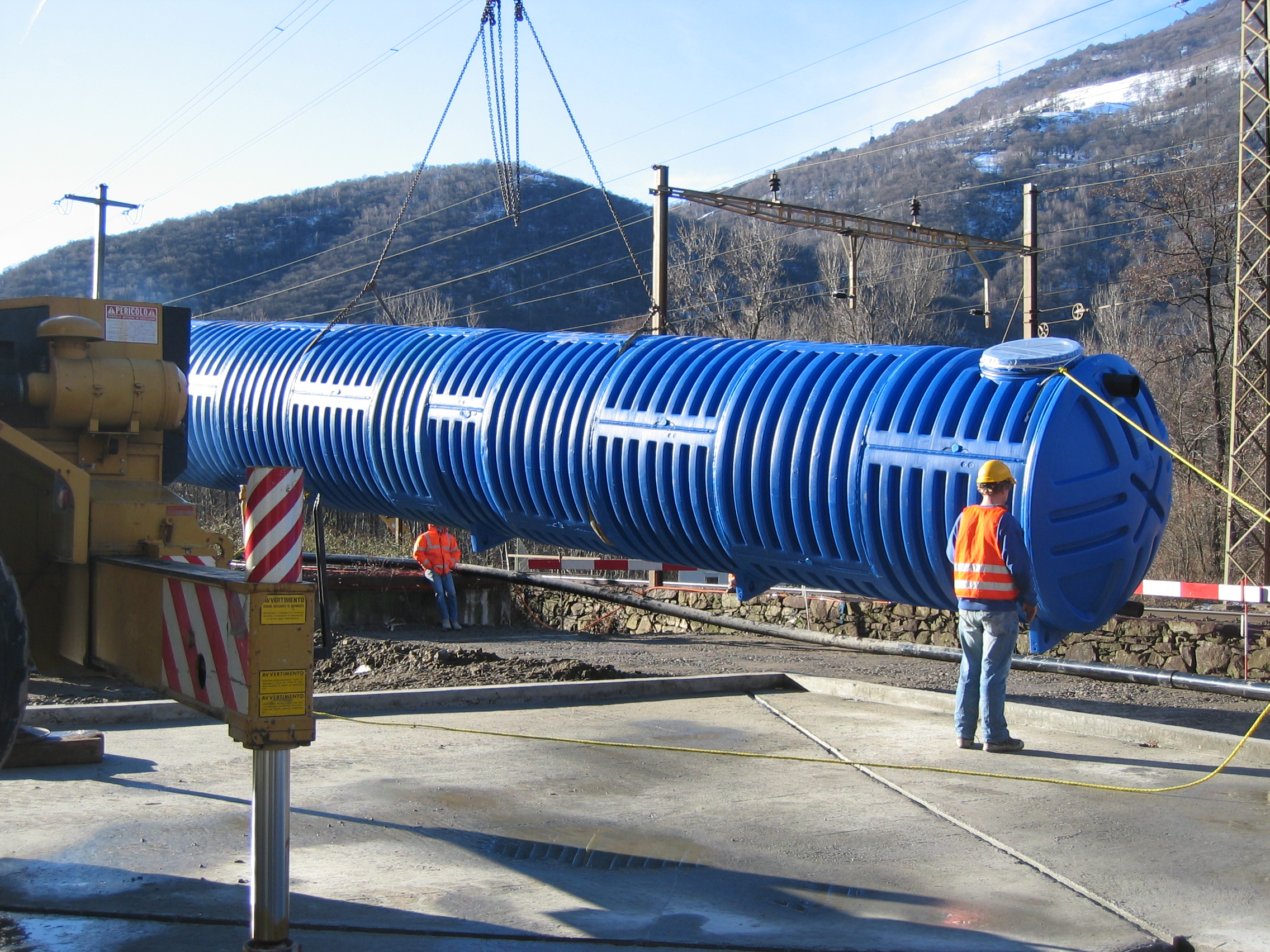
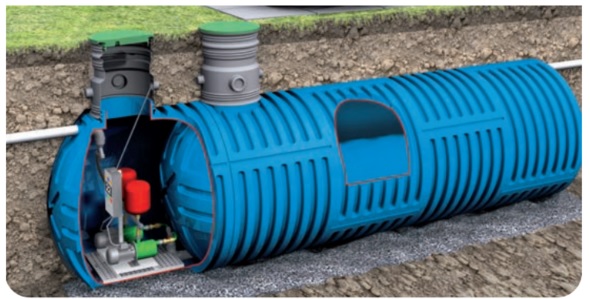
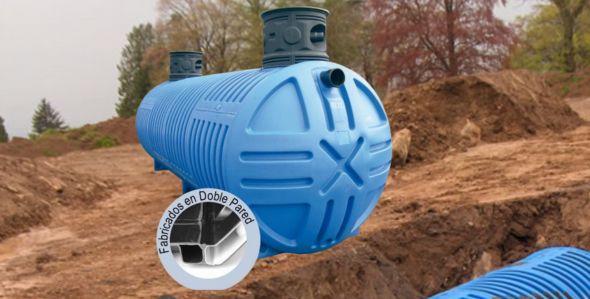
Assembly
It adapts to the needs of the project, not the other way around.
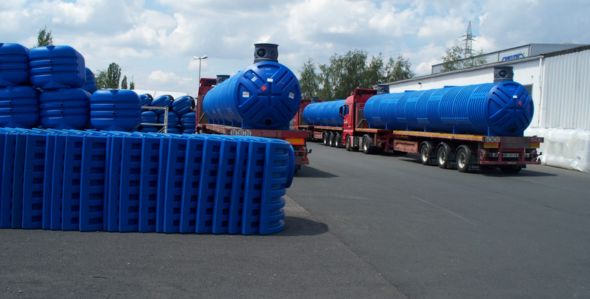
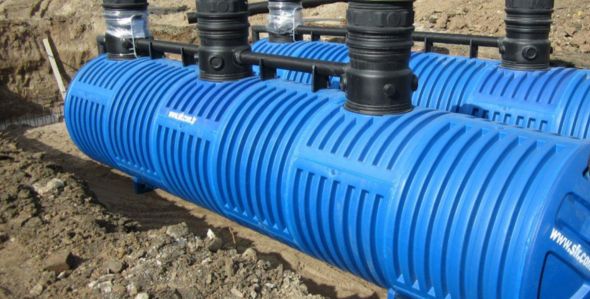
Applications
- Wastewater treatment plants.
- Septic tanks.
- Water storage tanks.
- Rainwater harvesting and reuse.
- Irrigation facilities.
- Fire protection networks.
- Vehicle washing facilities.
- Stormwater tanks.


Reference Table
| Model |
Code |
Nomial Capacity (l) |
Length (m) |
Width (m) |
Total height (m) |
Inlet height (m) |
Outlet height (m) |
Weight (kg) |
Ø Inlet and outlet (mm) |
|---|---|---|---|---|---|---|---|---|---|
| FS20412500 | 13130030 | 12500 | 5,05 | 2,03 | 2,20 | 1,77 | 1,74 | 670 | 160 |
| FS20416000 | 13130040 | 16000 | 6,40 | 2,03 | 2,20 | 1,77 | 1,74 | 955 | 160 |
| FS20419000 | 13130050 | 19000 | 7,80 | 2,03 | 2,20 | 1,77 | 1,74 | 1145 | 160 |
| FS20425000 | 13130070 | 25000 | 9,98 | 2,03 | 2,20 | 1,77 | 1,74 | 1460 | 160 |
| FS20430000 | 13130080 | 30000 | 11,62 | 2,03 | 2,20 | 1,77 | 1,74 | 1680 | 160 |
| FS20435000 | 13130090 | 35000 | 13,40 | 2,03 | 2,20 | 1,77 | 1,74 | 1985 | 160 |
| FS20440000 | 13130100 | 40000 | 15,85 | 2,03 | 2,20 | 1,77 | 1,74 | 2350 | 160 |
| FS20450000 | 13130110 | 50000 | 19,50 | 2,03 | 2,20 | 1,77 | 1,74 | 2910 | 160 |
- Aplicación: Tanques de agua






